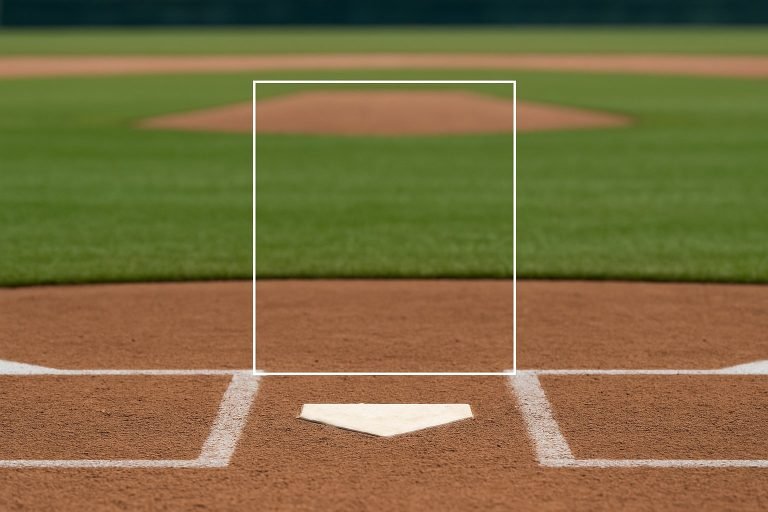Baseball Abbreviations Explained: A Friendly Guide for Fans
Baseball abbreviations simplify understanding player statistics, covering batting (AB, HR), pitching (ERA, WHIP), and fielding (E, PO), enhancing enjoyment of the game.
Baseball abbreviations simplify understanding player statistics, covering batting (AB, HR), pitching (ERA, WHIP), and fielding (E, PO), enhancing enjoyment of the game.

The strike zone in baseball is a 17-inch wide area above home plate, with height varying based on each batter's stance and size.
The sacrifice bunt is a baseball strategy where the batter intentionally bunts to advance a baserunner, prioritizing team success over personal statistics.

The ghost-runner rule places a runner on second base at the start of extra innings, aiming to shorten game duration and change strategic approaches for teams.
A sacrifice fly allows a batter to hit a fly ball that scores a run while not counting as an official at-bat, benefiting team strategy and statistics.
A fielder's choice occurs when a defensive player opts to attempt an out on a baserunner instead of the batter, allowing the batter to reach first base safely.
The dropped third strike rule allows a batter to run to first base if the catcher misses the third strike, impacting game strategy and outcomes.
The infield fly rule prevents defense from executing easy double plays on pop-ups, ensuring fairness for runners with specific base and out conditions.
Adjusted Batting Wins quantifies a hitter's contribution to team victories by analyzing on base percentage, slugging percentage, and playing time against league averages.
Adjusted ERA+ evaluates a pitcher's performance by accounting for ballpark effects and league run-scoring environments, with a score of 100 representing league average.